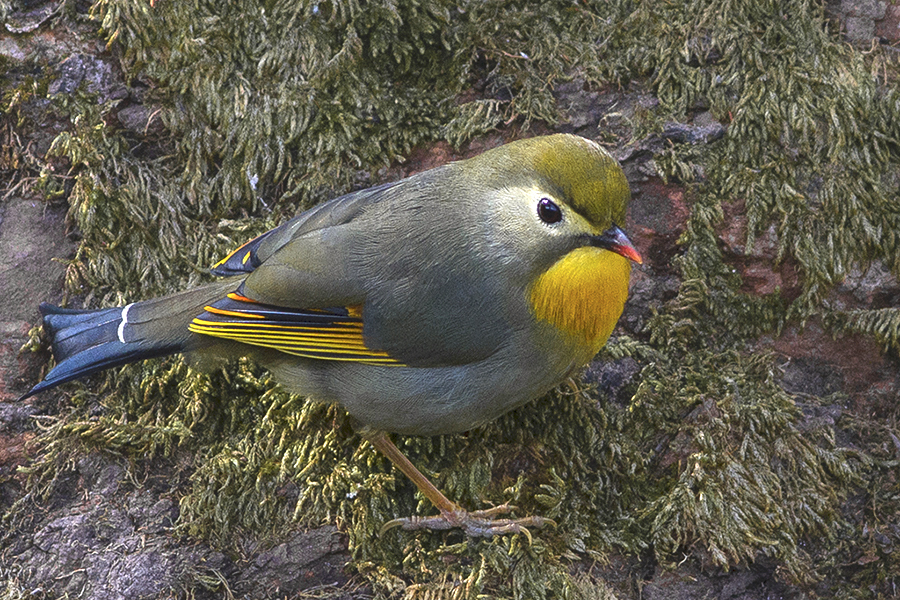 |
| Leiothrix, a bird from Himalaya introduced at Réunion?! |
“Birds of the Indian Ocean Islands” is a field guide written by Ian
Sinclair and Olivier Langrand, with illustrations by Norman Arlott, Hilary
Burn, Peter Hagman and Ian Lewington. First published in 1998, this is the
fully revised 2013 edition. Sinclair is apparently the grand old man of African
field birding, and have written over 20 books. Langrand is a French
conservationist. The book is sponsored by the hardware business Chamberlain and
is devoted to conservation efforts.
The area covered by the field guide includes Madagascar, the Mascarenes
(i.e. Mauritius, Rodrigues and Réunion), the Comoros and the Seychelles. In
other words, the island-nations and colonies off the east coast of Africa. It
also covers seabirds from the same general area. 502 species are included, all
illustrated in color. Illustrations, species presentations and range maps are
on facing pages, making the guide easy to use. It reminds me of
Heinzel-Fitter-Parslow.
The introduction describes the major bird-watching hotspots on the
covered islands, and how to reach them. Curiously, the guide says next to
nothing about the political situation in the area. Surely, both Madagascar and
the Comoros are extremely unstable? Was the text simply taken over from the
1998 version of the book? Nor is the political status of the islands mentioned.
Isn´t it relevant that Mayotte is a French dependency, while the rest of the
Comoros form an independent state? The introduction also include a long list of
endemic species, and a ditto of “new species”, although most of these seem to
be previously known populations promoted to species status (and in some cases,
to conservation efforts c/o the international community).
Many of the birds are virtually unknown even to an arm-chair bookish
amateur ornithologist such as the Ashtar Command, I mean, what on earth are
tetrakas, jeries, newtonias, couas or the leiothrix? Only currently living or
recently extinct bird species are included, so no dodos or elephant birds in
this one! By contrast, European migrant birds passing the Seychelles on their
way to and from the African mainland are included, including the corn crake.
Strindberg would have been surprised, LOL.
With that Swedish in-house joke, I end this review of “Birds of the
Indian Ocean Islands”, 2013 edition, which I got for a discounted price when
buying CDs from a local vendor (sic). Swedish local, that is.

